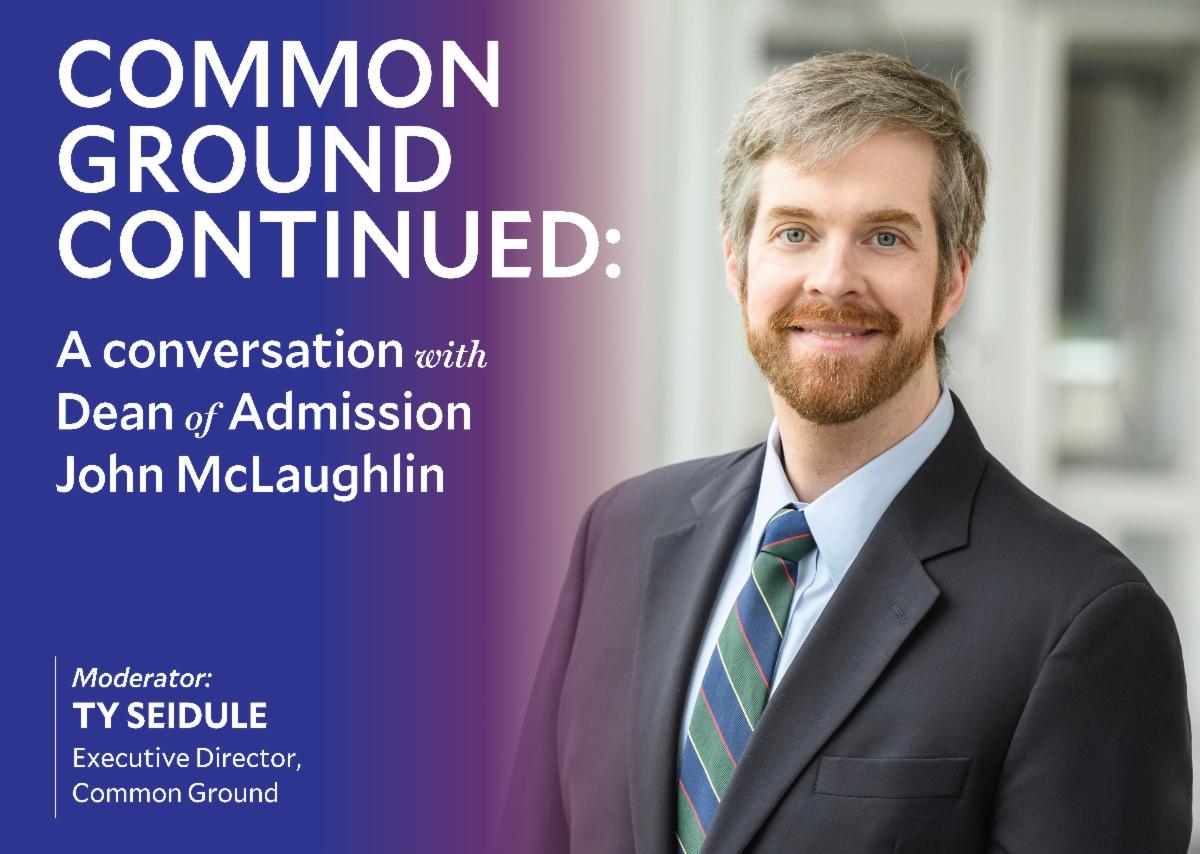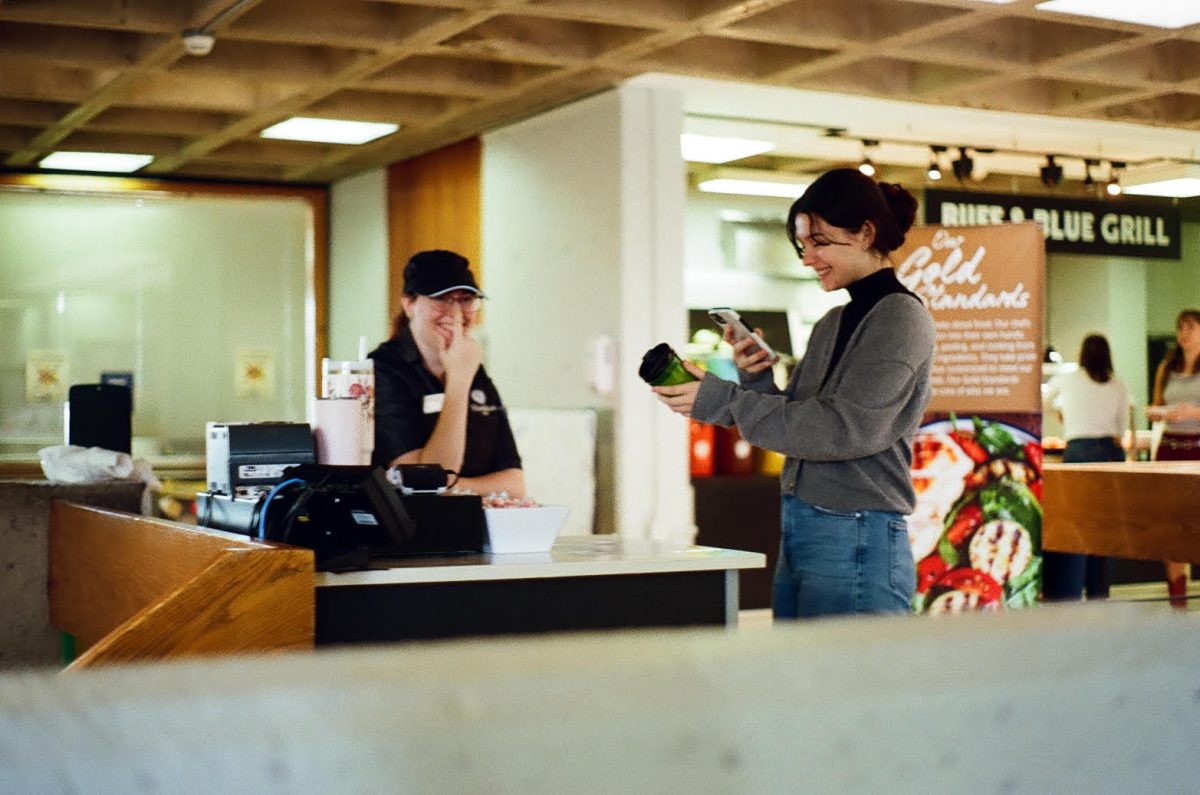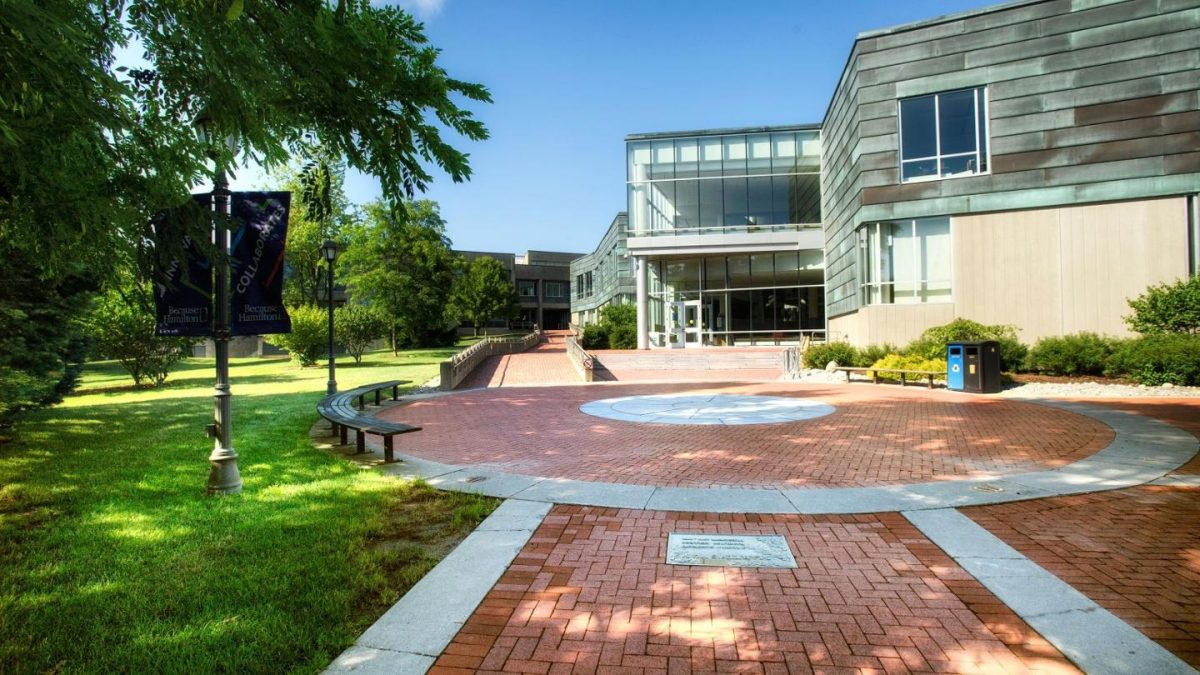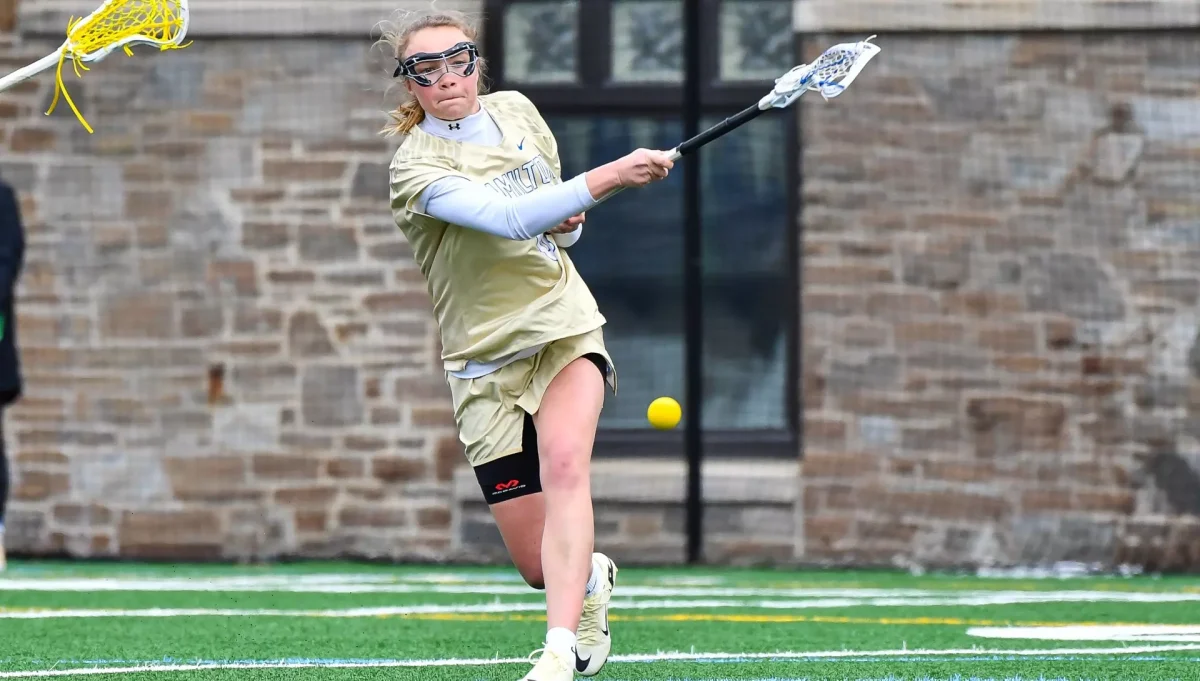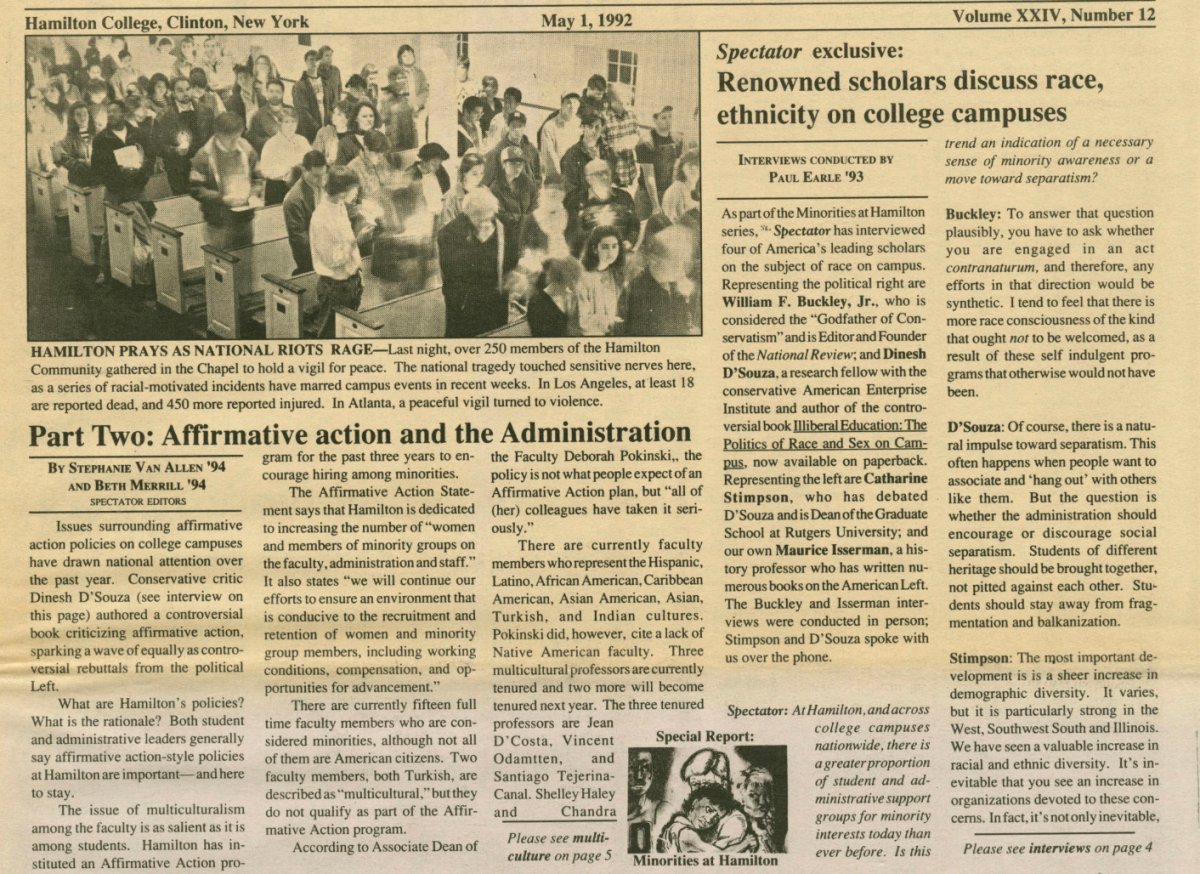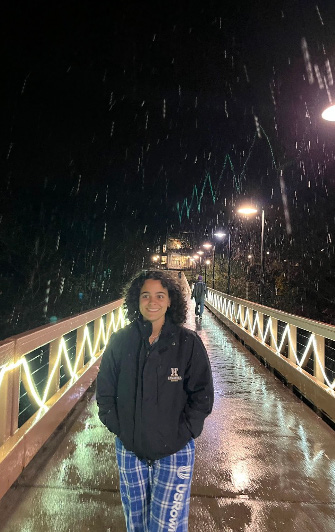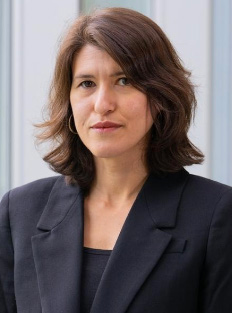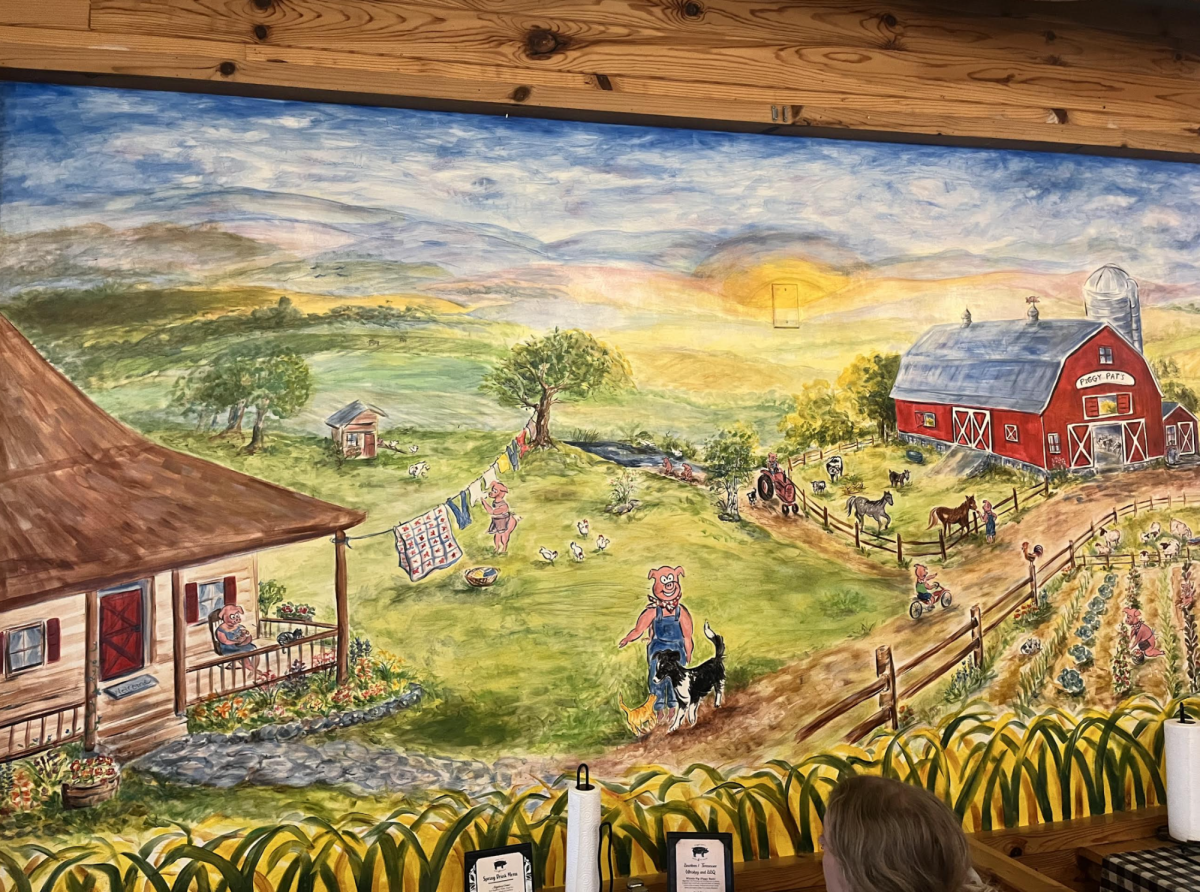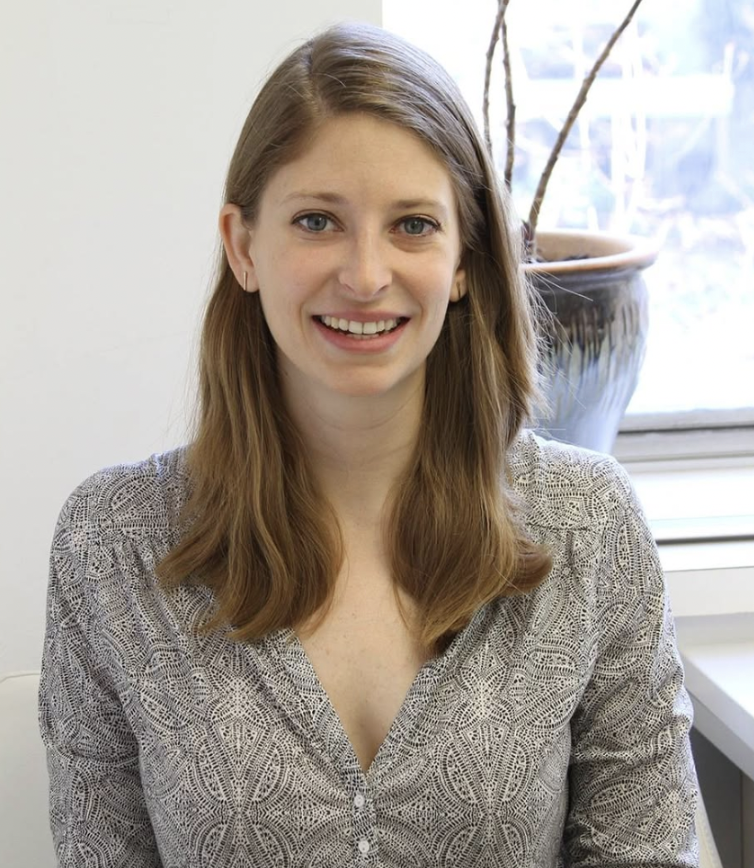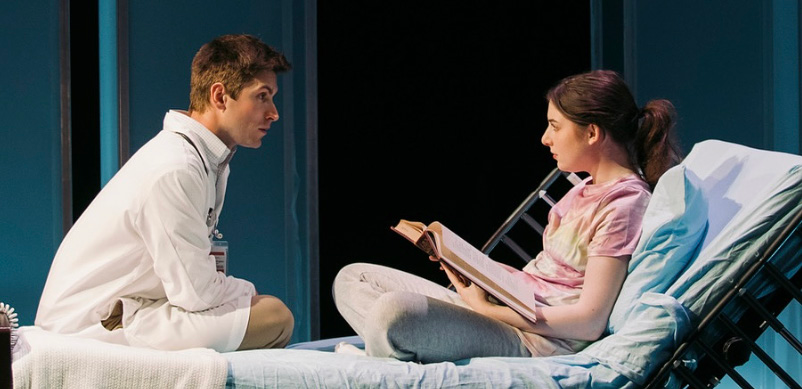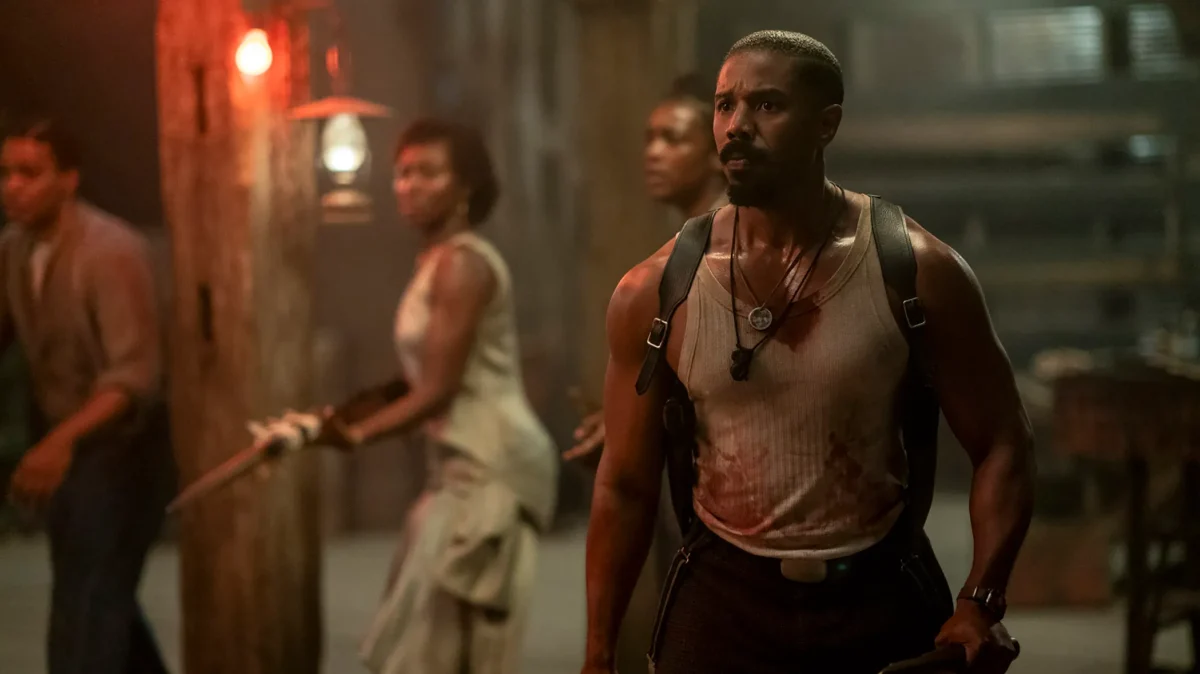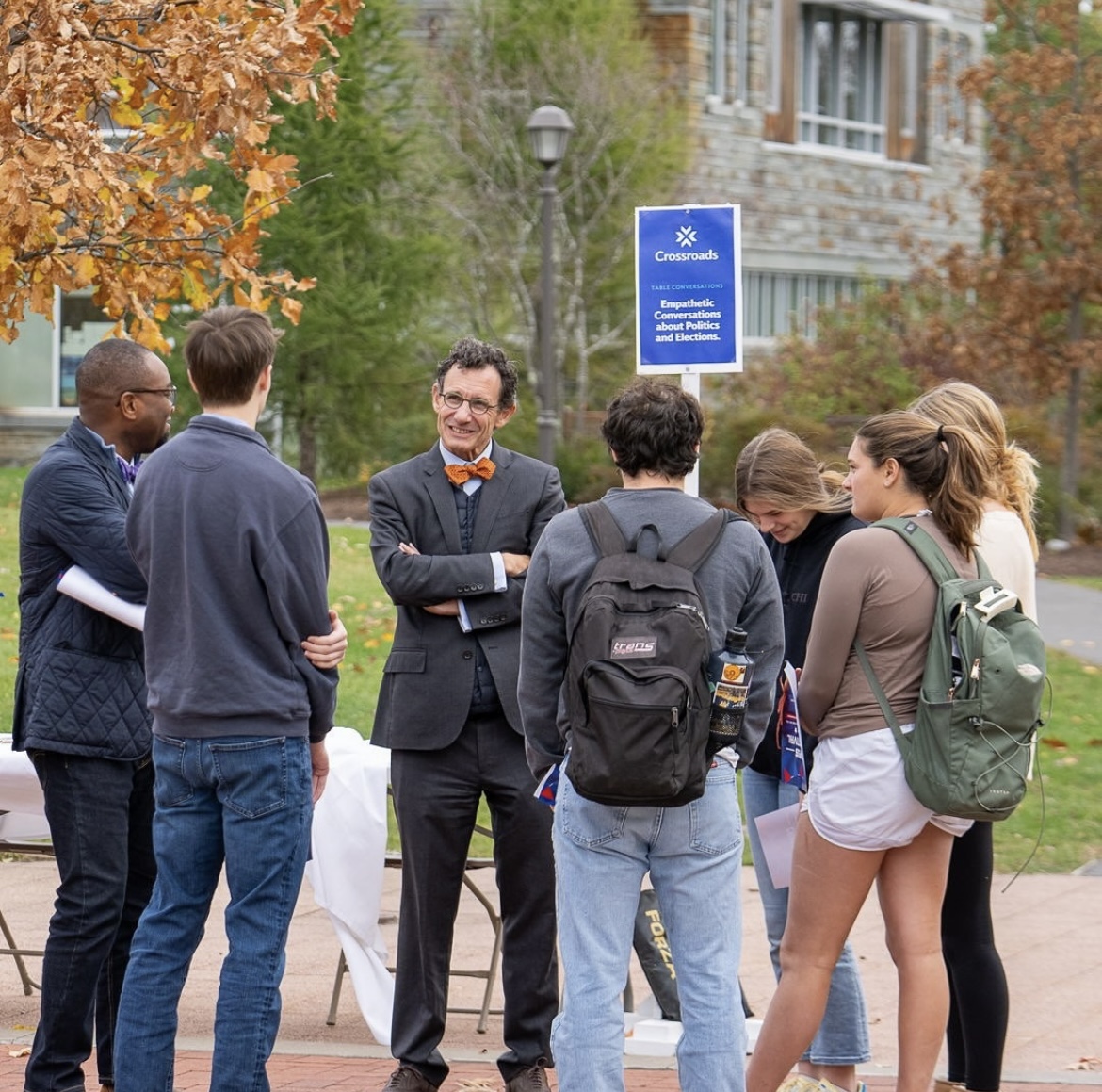
As an Asian American, I’m often asked the same question by prospective students of color: “So, what’s it like?”
No more words are necessary. There is an unspoken language amongst students of color here — an understanding that questions like these are undeniably rooted in a racial context. Because, as one of the whitest colleges in the nation (according to the Office of Admissions, only 33 percent of the accepted students in the Class of 2023 identify as students of color,) students of color have a radically different experience here at Hamilton: our impressions of College Hill are shaped by the color of our skin and the cultures that raised us, cultivating that palpable sense of foreignness a lot of us felt — and still feel — the moment we stepped foot on this campus for the very first time.
When it comes to racial diversity, it’s common knowledge that Hamilton paints a picture vastly different from the America that is. Here, your classes will be filled with students who graduated from elite New-England prep schools and participate in discussions with the confidence that they’ve figured out the world. Your closest friends will likely be the one or two students of color you meet in your intro-level classes or orientation trips. And if you come from a diverse community like me, you’ll find it especially difficult to create meaningful connections with the overwhelming number of white peers around you, who are blinded by the privilege of membership in the majority. That newest meme on #SubtleAsianTraits or that popping Boba trending on Facebook? Yup, not a conversation starter here.
At a place where we are the unabashed minority, I can say with a reasonable degree of certainty this: come to Hamilton, and you’ll discover what it feels like to be an outsider. And if you come to College Hill expecting an environment in which your background will be nurtured through cultural organizations that boast meaningful camaraderie, you’re in for a surprise. Because even as the leaders of those organizations will tell you, the sheer lack of students of color here makes it difficult to create a tight-knit community that transcends the need for organized meetings.
I don’t mean to articulate that Hamilton is an unusually hostile environment for students of color — fellow New England liberal arts colleges don’t fare too well on the diversity card either. But still, that innocent ignorance — the idea that many Hamilton students are simply unaware of the struggles students of color here face everyday precisely articulates the extent to which we feel like outsiders.
And yet somehow, I still love Hamilton with all my heart.
This is the place that brought me friendships I’ll cherish forever, helped me make sense of what I want to do with my life, and introduced me to the wonders of a BLT on panini (with pesto, of course.) How does one reconcile these two seemingly contradictory positions?
Well, I tell prospective students of color to come to Hamilton for one simple reason: to grow. Because three years later, through the highs-and-lows of navigating a predominantly-white institution as a student of color, I know I have.
You see, most of us come to Hamilton in search of a world-class liberal arts education, one that, true to the College’s motto, will grant us the sacred opportunity to begin the journey of “know[ing] thyself.” In many ways, Hamilton does a pretty darn good job of fulfilling that promise. The open curriculum trusts us to discover our passions and develop them into professional interests. The challenges of four years away from home pushes us to make friends and navigate the awkward social scene of college. But for us students of color, it presents an opportunity like no other. Above all else, my three years at Hamilton have taught me that to know thyself — to truly embrace the challenges of better understanding one’s own identity — requires the discomfort that will push you to discover yourself in ways that the comfort of home never can. And as challenging and scary as that proposition may seem, it’s a life-changing opportunity afforded only to students like us, who come from backgrounds that have always lived in the shadows of the majority. Not every high school senior finds the audacity to tackle that challenge head-on — and it will fundamentally distinguish your college experience from the rest of the pack forever.
When I was choosing colleges, my dad would always remind me that undergrad is a time to try new things. It’s cliched because it’s true. Three years later, despite the initial hesitation of committing to a school that felt worlds away, I think of all the new things I’ve tried at Hamilton for the first time: ice-skating (sorry to the stranger I plowed through freshman spring,) squash (shoutout to Kinger, who teaches the best P.E. class at Hamilton,) chicken riggies (you tried, Commons,) kayaking amidst the Adirondacks, walking to class in the snow…but all of these firsts pale in comparison to what I thank Hamilton the most for giving me: an opportunity to really grow. Central New York’s dismal Asian food scene resulted in more phone calls back home to try my hand at some family recipes. A small minority community pushed me to escape the comfort of Asian friends and fail miserably (but happily) at a BLSU salsa night, connecting with other students of color who were going through similar difficulties. And much to my mother’s happiness, a rural location pushed me to actually relish studying at the breathtaking doorsteps of the Adirondacks. Had I gone to a larger school back West, I doubt I’d have these valuable experiences under my belt — moments that, no matter how unsettling they may have been at first, have helped me grow in all the right ways.
It’s certainly true that Hamilton is slowly making progress. Programs like the Multicultural Peer Mentoring Project gave me friends and mentors for life. The Diversity and Access Recruitment Team has been making important strides to expand representation in the student body. Various on-campus resources are available to make for a smoother transition. And of course, you’ll have incredible friends from diverse backgrounds who will be there for you in all challenges big and small. But the purpose of this piece isn’t to provide solutions moving forward — it’s to articulate the reality of the community you’ll find if you choose to come here next fall. Besides, resources are no substitute for the intangible sense of isolation many of us still feel.
Hamilton has helped me grow in a way that no other school could, precisely because it’s been a rocky and uncomfortable journey. And if you choose to come here next fall, I hope you’ll be prepared for the challenges that’ll come — and embrace them — because at the end of your four years, they’ll help you grow and “know thyself” too.


